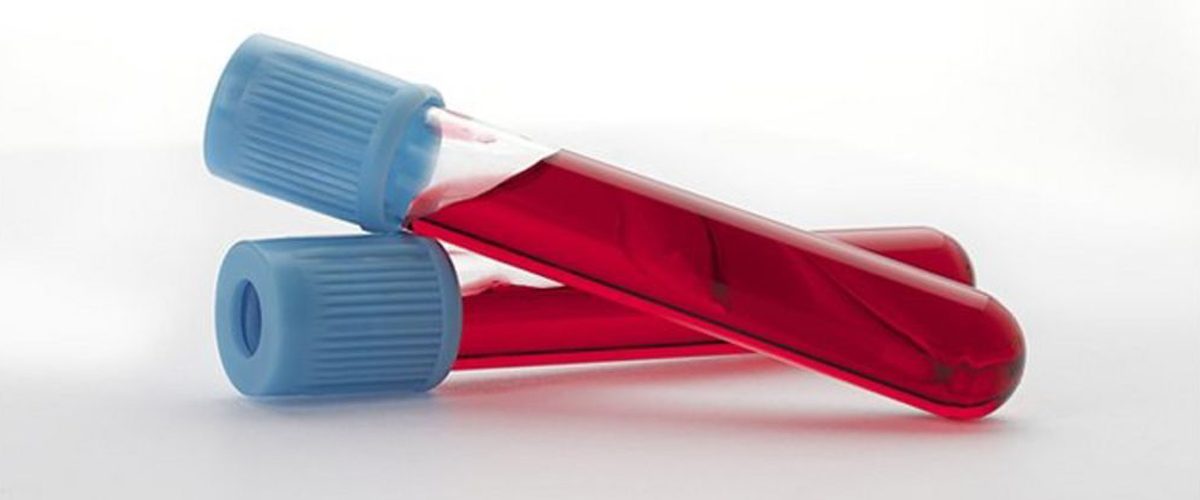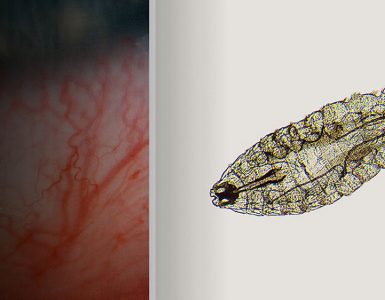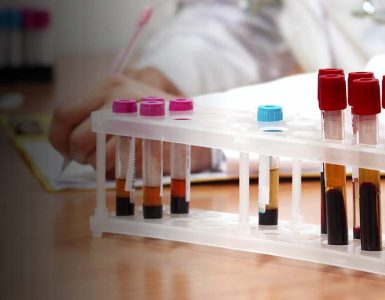Scientists are hoping to diagnose life-threatening conditions liked pregnancy, by a simple blood test.
Placenta accreta spectrum (PAS) disorders is the contemporary term chosen to encompass a variety of clinical pregnancy complications resulting from varying combinations of abnormal placental implantation that may be accompanied by deficiency of the uterine wall it is a high-risk obstetrical condition due to associated mortality and morbidity and is at a rise in the country due to increasing number of Cesarean deliveries. Though found in less than 0.5% of pregnancies, it occurs when the placenta grows deep into the wall of the uterus, and ultimately fails to detach from the uterine wall after childbirth, leading to significant blood loss during pregnancy and at delivery. These women require blood transfusions and intensive care, not just that, it can even result in serious complications, and infection thus can become fatal for the mother. Currently, a thorough history and ultrasound are used to diagnose this disorder, which often is not reliable enough.
But some studies suggest that in the US alone, 50% of the PAS cases go undetected. Because its detection is linked to the expertise of the sonographer, and observation of the doctor during history taking. But a group of scientists at the University of California Los Angeles came up with a better objective and standardized approach. They target the trophoblast (a type of embryonic cells) from the bloodstream to detect PAS at its earliest during pregnancy. These trophoblasts cells are few during the early days of pregnancy but their number is greater than usual and they cluster together, it is often an indicator of the PAS.
The team of UCLA has designed a small chip of nanowires, coated in antibodies to could lock on the trophoblasts in the blood, and then estimate the number of trophoblasts on the chip and their appearance (single or clustered) to make a diagnosis.

One of the team members, a pathologist Yazhen Zhu, who designed this NanoVelcro Chip said, “Seeing a trophoblast cluster for the first time was like seeing glistening pearls. When we saw the cells on the microscope, it felt like we had a direct view into the placenta in the developing pregnancy.”
This chip when tested on 168 pregnant women, it detected the presence of PAS with 80% accuracy. It ruled out the negative results with 93% accuracy. This test is not designed to replace ultrasound or to minimize the importance of maternal history but the rest showed that when it was run in the combination with ultrasound diagnosis the predictability and accuracy increased.
Dr. Margareta Pisarska, professor of obstetrics and gynecology at Cedars-Sinai, said the research team’s multidisciplinary approach was a key to the study’s success.
The efficacy of this test, and the strength of our work comes from bringing together experts from many disciplines, including obstetrics, nanotechnology, pathology, engineering, chemistry, microfluidics and biostatistics.
This new non-invasive approach is a ray in the hope for the healthcare system, particularly in the low resource setting, and areas where no sub-specialists trained in ultrasound are available. It could improve both maternal and neonatal outcomes.
















Add comment